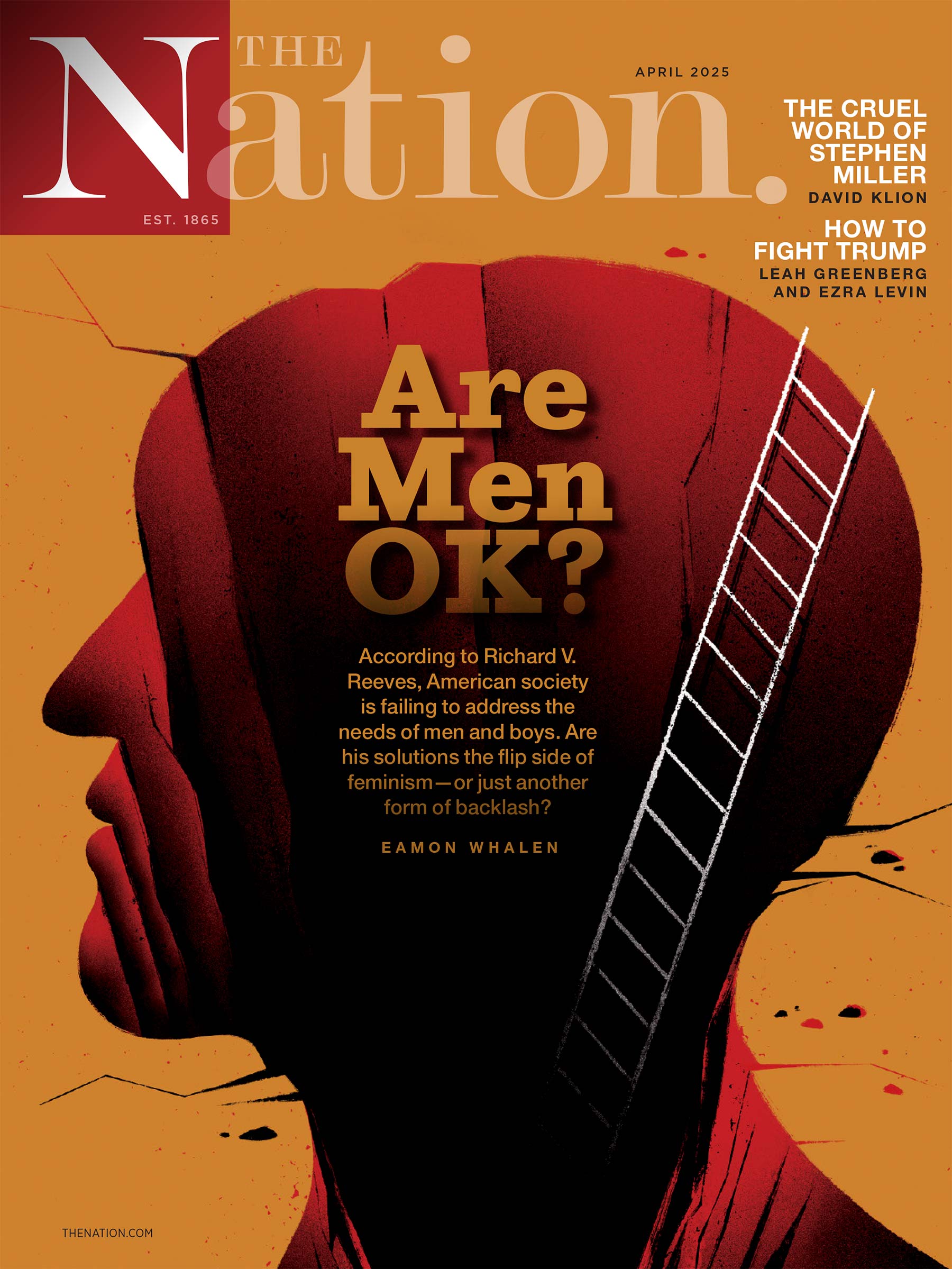You may recall that there are “British rules” and “American rules” for cryptic crosswords, which we discussed in a previous post. This is the first in a series of posts in which we will get more specific, using quotations from Peter Biddlecombe, the cryptic crossword editor at The Sunday Times (in London). The quotes are from his series on cryptic clues, which you can find on his clueing contest page. (Scroll to the bottom for the links.)
In a definition and wordplay clue, there may be more than one wordplay or definition. Putting a definition between two alternative wordplays is one way of breaking the apparent rule that “the definition must be at the beginning or end of the clue.” This happens in the vast majority of clues, and all the clues in many puzzles, but it is not always true.
In principle, as we mentioned before, we see no reason to forbid three-part clues. Our predecessor at The Nation used them, and the break with the routine is entertaining. The fact that we have not done this very often does not mean we will not do it in the future.
But Biddlecombe goes further: He suggests inserting the definition between two pieces of wordplay! What a strange and wonderful idea. Here is our first attempt at something along those lines:
BANDANA BA’s headgear with down inside—something you might slip on? (7)
In this clue, the definition (“headgear”) is safely nestled between two completely independent pieces of wordplay, both pointing to the same answer: “BA” (rebus wordplay: B AND AN A) and D (“down”) inside BANANA (“something you might slip on”).
The reverse is also possible—one could have definitions at either end, with wordplay in the middle. For example:
GANDER Goose ranged freely for a look (6)
Here we have anagrammatic wordplay (“ranged freely”) separating two distinct definitions (“goose” and “look”).
There are other ways besides tripartite clues to violate (or let’s say vary) the usual rule about the definition always coming at the beginning or end of a clue. Biddlecombe continues:
Artfully-worded phrases at the beginning or end of the clue can act as linkwords, and provide another way of writing clues with the definition in the middle.
Again we see no reason not to do that, as long as the cryptic reading is solid. For example:
INSANE One can get mad when mixing sienna (6)
Note that the definition here (“mad”) is in the middle of the clue—yet the process of deriving the answer is described perfectly clearly.
Can you, dear reader, write clues along these lines? Please share here, along with any quibbles, questions, kudos or complaints about the current puzzle or any previous puzzle. To comment (and see other readers’ comments), please click on this post’s title and scroll to the bottom of the resulting screen.
And here are three links:
• The current puzzle
• Our puzzle-solving guidelines
• A Nation puzzle solver’s blog where you can ask for and offer hints, and where every one of our clues is explained in detail.
Be sure to check out last week’s Word Salad post, “What’s So Great About Two?”


